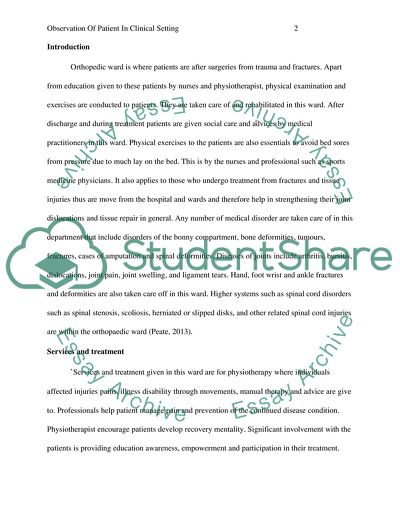Cite this document
(Observation of patient in clinical setting Essay, n.d.)
Observation of patient in clinical setting Essay. https://studentshare.org/nursing/1851181-observation-of-a-patient-in-clinical-setting
Observation of patient in clinical setting Essay. https://studentshare.org/nursing/1851181-observation-of-a-patient-in-clinical-setting
(Observation of Patient in Clinical Setting Essay)
Observation of Patient in Clinical Setting Essay. https://studentshare.org/nursing/1851181-observation-of-a-patient-in-clinical-setting.
Observation of Patient in Clinical Setting Essay. https://studentshare.org/nursing/1851181-observation-of-a-patient-in-clinical-setting.
“Observation of Patient in Clinical Setting Essay”. https://studentshare.org/nursing/1851181-observation-of-a-patient-in-clinical-setting.


